Consider your website rising to the top of Google search results without breaking the bank. Creating this a reality is mostly up to DIY SEO. This book delves into doable tactics you may use right now to improve your internet profile. Seemingly overtaken by SEO speak? Fear not, we’ll walk you through each stage. Plerdy’s instruments will provide what you need right at your fingers. You’ll find this:
- Keyword Research: How to find the right keywords.
- On-Page SEO: Optimizing each page for search engines.
- Content Creation: Crafting high-quality content that ranks.
- Technical SEO: Enhancing your site’s technical aspects.
- Link Building: Strategies for gaining valuable backlinks.
- Local SEO: Boosting your local search visibility.
- Monitoring and Analytics: Tracking your progress.
- Staying Updated: Keeping up with SEO trends.
Enter, follow along, and see how much more traffic your website receives. Please ask any queries you may have in the comments. Entering now? Into it we go!
What is DIY SEO?
Taking ownership of raising the search engine rankings of your website is known as DIY SEO. You will study and use SEO techniques yourself rather than paying experts. Empowering and instructive at the same time, this practical method can be.
Advantages of DIY SEO
- Savings: Doing it yourself will save you money.
- Direct Engagement: Every stage of the procedure will be understood by you.
- Flexibility and Control: Change your tactics as you think appropriate.
Difficulties
- Time Investment: SEO calls both perseverance and commitment.
- Learning Curve: Link creation to keyword research are only two of the many things to learn.
- Keep Up: Algorithms and trends in SEO are continually shifting.
Going DIY SEO will give you control over the success of your website and priceless abilities. Enthusiastic to begin? Let us get right in and elevate your website! Post any queries you have along the road in the comments. Remember to follow us on YouTube for additional advice!
8 Main Steps for DIY SEO
Keyword Research
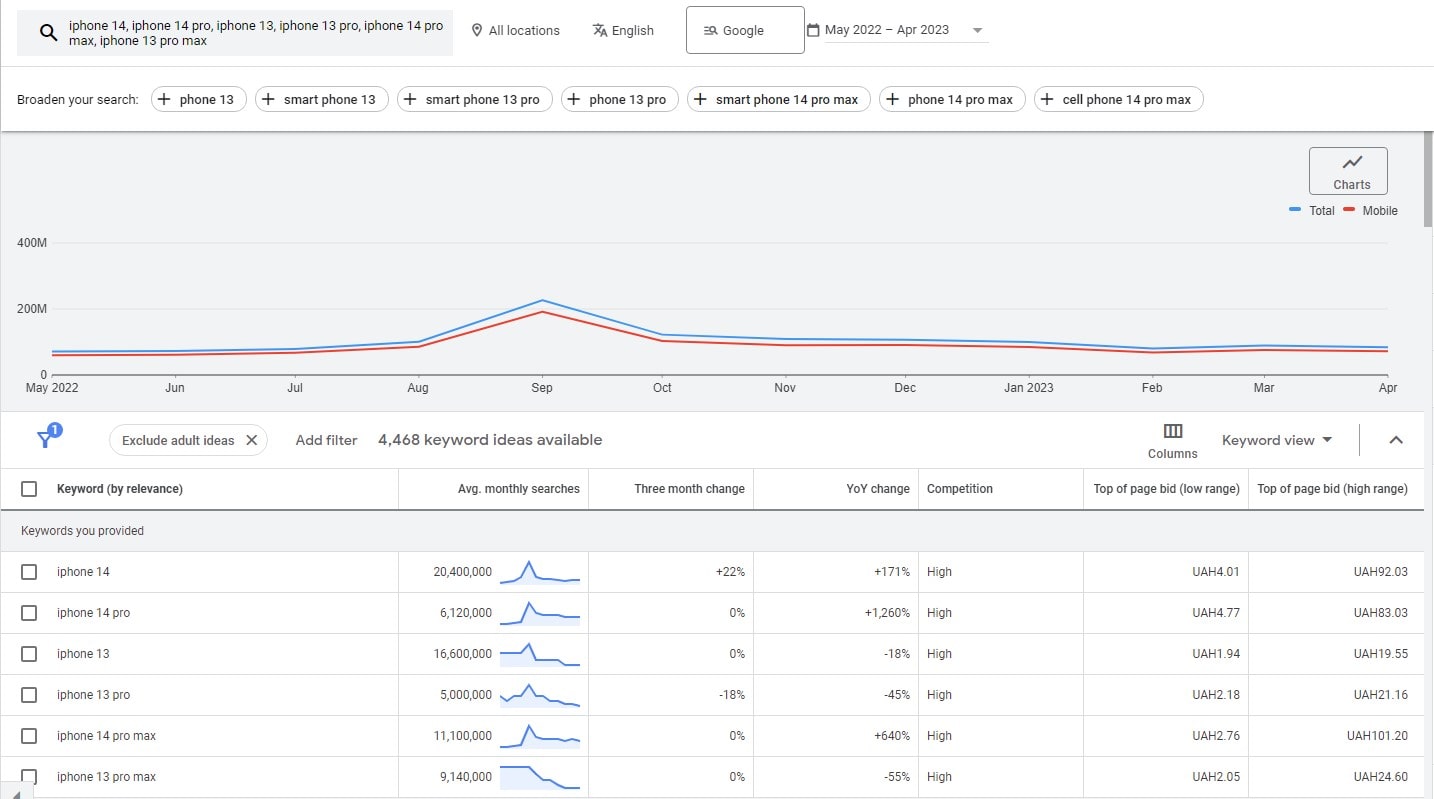
Start your SEO adventure with keyword research. Your own SEO efforts might be made or broken by the correct keywords. Selecting the best keywords is comparable to discovering the golden ticket among a plethora of possibilities. Knowing what your readers are looking for and making sure your material satisfies their demands are key.
Tools for Researching Keyword:
- An excellent place for novices to start is Google Keyword Planner.
- Ahrefs provides detailed information about keyword difficulty and competition.
- Complete tool for all your keyword needs is SEMrush.
How to Research Keywords:
- List the main and secondary keywords:
- Start with general terms connected to your specialty.
- Get down to certain, long-tail keywords.
- Examine Competition and Search Volume
- See how often people search for keywords.
- Calculate how competitive each keyword is.
Making Good Use of Keywords
- Incorporation into Content Effortlessly incorporate keywords into your articles and blog entries.
- Make sure your keywords show in titles and meta descriptions, two essential SEO components.
- Short URLs that are heavy in keywords are best.
Ready then to improve your do-it-yourself SEO abilities and delve into keyword research? Recall that using keywords well is your key to moving up those search results.
Maximizing On-Page SEO
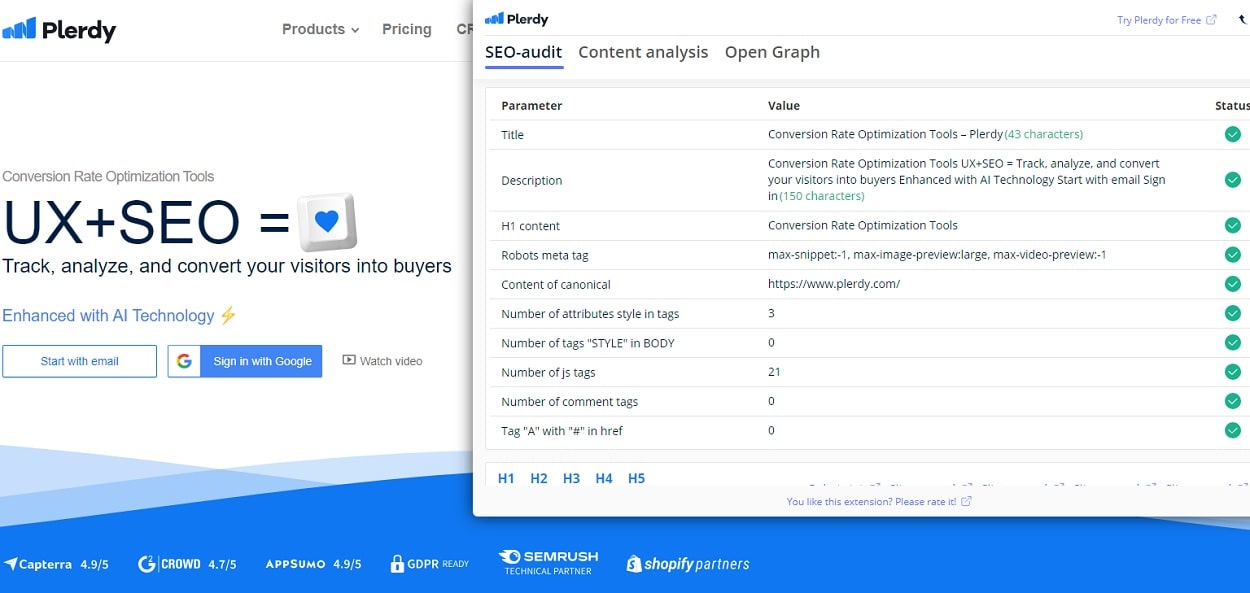
Your success with do-it-yourself SEO depends on your command of on-page optimization. This is adjusting aspects of your website to raise search results and increase visitors. Let us explore how to successfully improve your website.
- Overview of On-Page SEO Search engines analyze and rank your pages based on the content they find on your website. Search engines and visitors alike should find your website more appealing.
- Optimising Content In search engine optimization, relevant, high-quality content rules. Craft interesting, educational material that meets the needs of your readers. Improve readability and split up material using headers, subheaders, and bullet points. If you write on do-it-yourself home repairs, for instance, organize your material with succinct, evocative headings like “How to Fix a Leaky Faucet” or “DIY Wall Painting Tips.”
On-Page SEO Technicals:
- Meta Titles and Synopses Write descriptions and meta titles that showcase your main keywords. This draws visitors to your page and helps search engines grasp its subject.
- Internal Linking and the Structure of URLs Short URLs that are heavy in keywords are best. Connect similar information on your website with internal links to improve navigation and transfer SEO value between pages.
- Alt Texts and Image Optimisation Add evocative alt captions to your photos to assist search engines in deciphering their content and compress them for quicker loading times.
Your website’s performance can be much improved by concentrating on these on-page SEO strategies. Aiming to see your website go up the ranks? Dive in, make your content better, and watch our channel for more do-it-yourself SEO advice!
Creating High-Quality Content

Content rules the SEO universe. Effective do-it-yourself SEO depends on excellent content. It increases search ranks, draws traffic, and keeps visitors interested. How then to produce material that shines?
- Part Content Plays in Search Engine Optimization Good content meets the needs of your audience and aids search engines in understanding your website. Any good SEO plan is built around it.
- Content Classifications Blend it up! Keep your readers interested by using blog entries, articles, infographics, and videos. If you write in-depth workout articles, provide nutrition infographics, and make instructional videos, for example, you run a fitness blog.
Recommendations for Content Creation:
- Make Sure Your material Is Unique and Offers Genuine Value: Your material ought to be original. Steer clear of copyright and concentrate on providing original ideas or helpful information.
- Use Simple, Interesting Words: Write with clarity and engagement of readers in mind. Spoken in a courteous manner, use short sentences and straightforward terminology.
- Add Keywords Obviously: Stuff keywords everywhere. Rather, gently include them into your writing. In a DIY home décor piece, for instance, use terms like “DIY decor tips” and “easy home decoration ideas.”
These pointers can help you produce material that appeals to your audience as well as ranks highly. Ready to up your do-it-yourself SEO game? Explore content creation and watch the magic happen.
Technical SEO
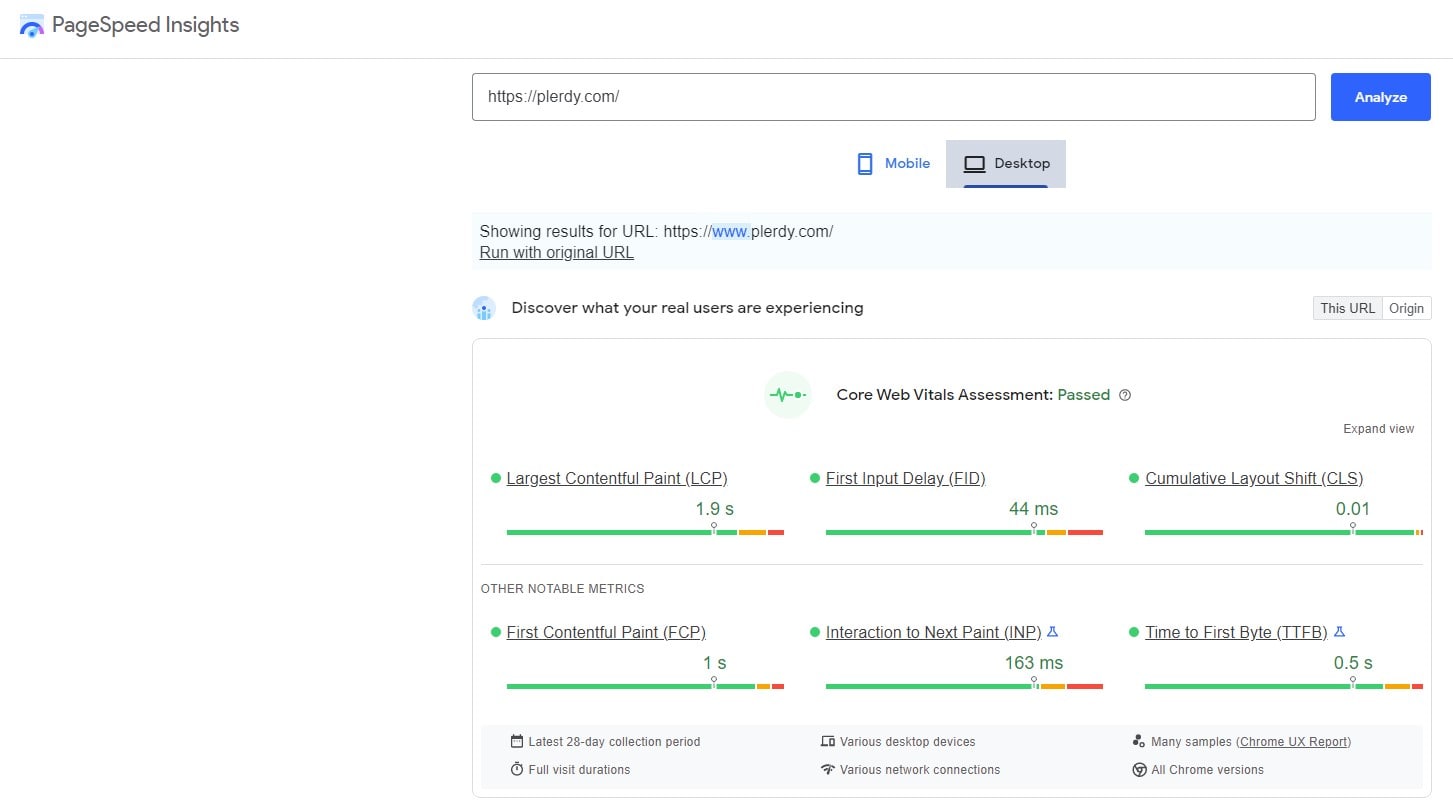
Success with your do-it-yourself SEO depends heavily on technical SEO. It is enhancing search results and user experience via technical website optimization. Let us dissect that.
- The value of technical SEO Search engines crawl and index your website in large part because of technical considerations. Ignoring these can get you less visibility and lower rankings.
- Website Speed Optimisation: Quick loading times are critical. Users can become irritated and bounce rates can rise from a slow website. Your website’s speed can be measured and improved with tools like GTmetrix and Google PageSpeed Insights. Compress photos, for example, take use of browser cache, and reduce CSS and JavaScript files.
- Mobile-Friendliness: Mobile optimization cannot be negotiated because more people browse on mobile devices. Make sure all devices encounter your website seamlessly and it is responsive. See how well your website works on mobile by using Google’s Mobile-Friendly Test.
- Ranking your website requires search engines to crawl and index it. Verify this by putting a sitemap into Google Search Console. Make sure every page on your site is indexed by looking for and resolving crawl errors. For problems like duplicate content or broken links, use programs like Screaming Frog.
Concentrating on these technical elements will improve the functionality of your website and support your do-it-yourself SEO initiatives. Getting ready to improve your website? Explore technical SEO to see the difference.
Link Building
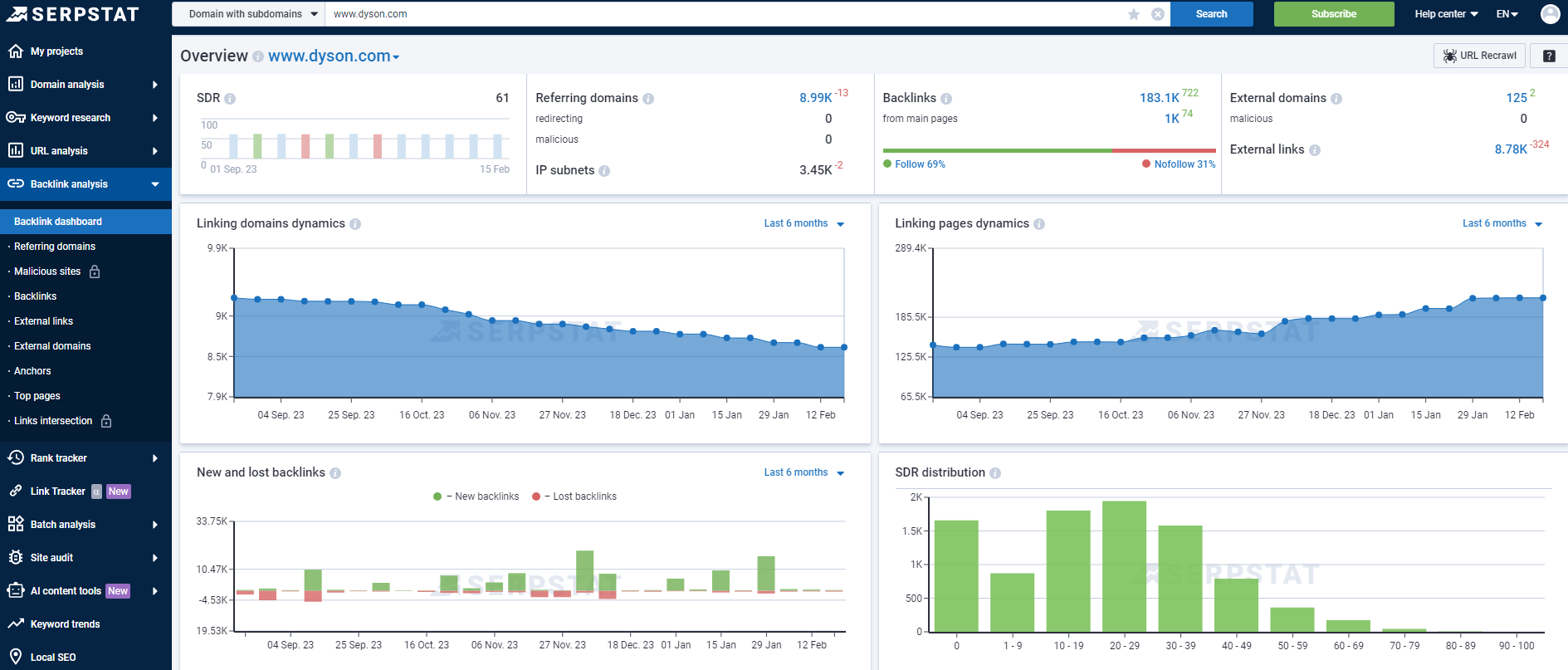
The foundation of do-it-yourself SEO is link building. The authority and ranks of your website are greatly influenced by backlinks, or links from other websites to yours. Reputable backlinks can raise your profile and raise your search engine ranking.
Backlinks’ function in search engine optimization Backlinks are like other websites giving their approval. They tell search engines your material is reliable and valuable. Your site can rank better the more excellent backlinks it has.
Techniques for Establishing Connections
- Writing for respectable websites in your area is known as guest posting. Along with getting backlinks, this opens you up to a wider audience.
- Contact industry bloggers and influencers. Distribute your material and, should they find it helpful, offer them to link to it.
- Building Broken Links: Look for and offer your material as a substitute for broken links on other websites. Ahrefs is one of the tools that might assist you find these chances.
Don’t undervalue internal links. Search engines will find it easier to crawl and index your material if you link within your own website to assist distribute link equity across pages.
- Among best practices are the use of evocative anchor text.
- Linking to pertinent material.
- Keeping a single page free of too many internal links.
Build smart links to increase the effectiveness of your do-it-yourself SEO projects.
Local SEO
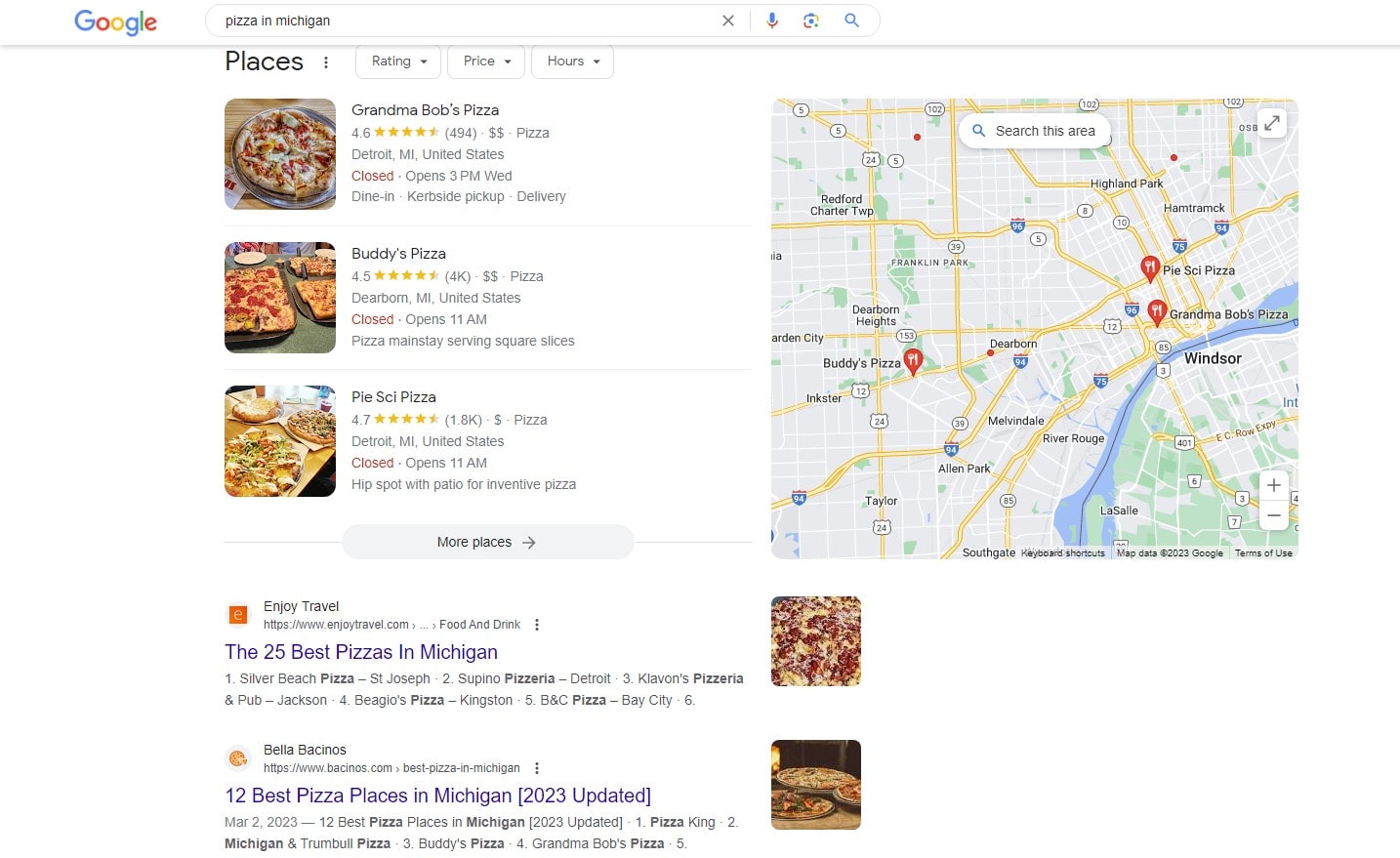
Every company hoping to draw clients from a certain geographic area needs to focus on local SEO. Being found by nearby potential clients requires local businesses to optimize for local search. Imagine you run a boutique or coffee shop; local SEO makes sure that people in your neighborhood find you first when they look for services similar to yours.
- Google My Business (GMB) : First, set up and refine your GMB profile. Verify that your business name, address, phone number, and hours of operation are correct. Incorporate excellent images and promote client testimonials. Google Maps and local search results will now include your business.
- Reviews and Citations from the Local Community Getting citations means putting your company in regional directories like TripAdvisor, Yelp, and websites devoted to your industry. The secret is consistency; make sure all of your platforms have the same business information. Invite pleased clients to post reviews online; these have a big impact on local search results.
Ready then to increase your local visibility? Explore local search, make the most of your GMB profile, create local citations, and handle reviews skillfully. Watch our channel for additional advice, and feel free to ask questions in the space provided for comments below!
Monitoring and Analytics
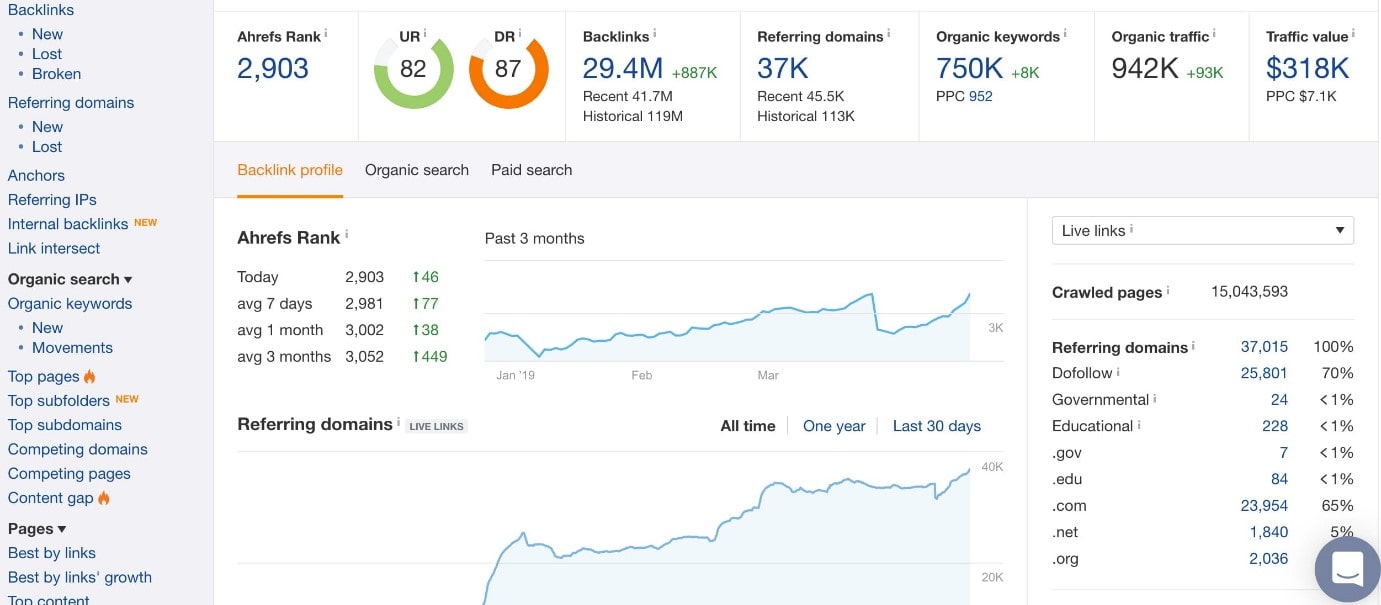
Your DIY SEO success depends critically on tracking your SEO performance. What’s working and what’s not will be unknown to you without monitoring. To make wise choices and hone your tactics, you must closely monitor your SEO efforts.
Tools for Observation Track website performance with Google Analytics and Google Search Console. These programs offer information about the traffic to your website, user activity, and more. Tools designed especially for SEO, such as Ahrefs and SEMrush, also provide in-depth statistics and competitive research.
Important Statistics to Monitor Give attention to important indicators like:
- Track the amount of people arriving from search engines using organic traffic.
- Track the number of people that leave your website after viewing only one page by using the bounce rate tool.
- Calculate the proportion of visitors that carry out a desired activity, such as buying something.
- Keyword Rankings: Monitor the positions your website takes for specific keywords.
Changing Up Your Approach Apply this information to your SEO strategies. Your material may not be compelling enough if you have a high bounce rate. Low conversion percentages could indicate that your user experience or call-to-actions need work. To keep up with trends and modify your plan appropriately, routinely check your analytics.
Getting ready to explore SEO analytics? Set up a performance tracking system right now and adjust your strategy for better outcomes. Remember to subscribe to our channel for additional insights, and leave your questions in the space provided for comments below!
Current SEO Trends
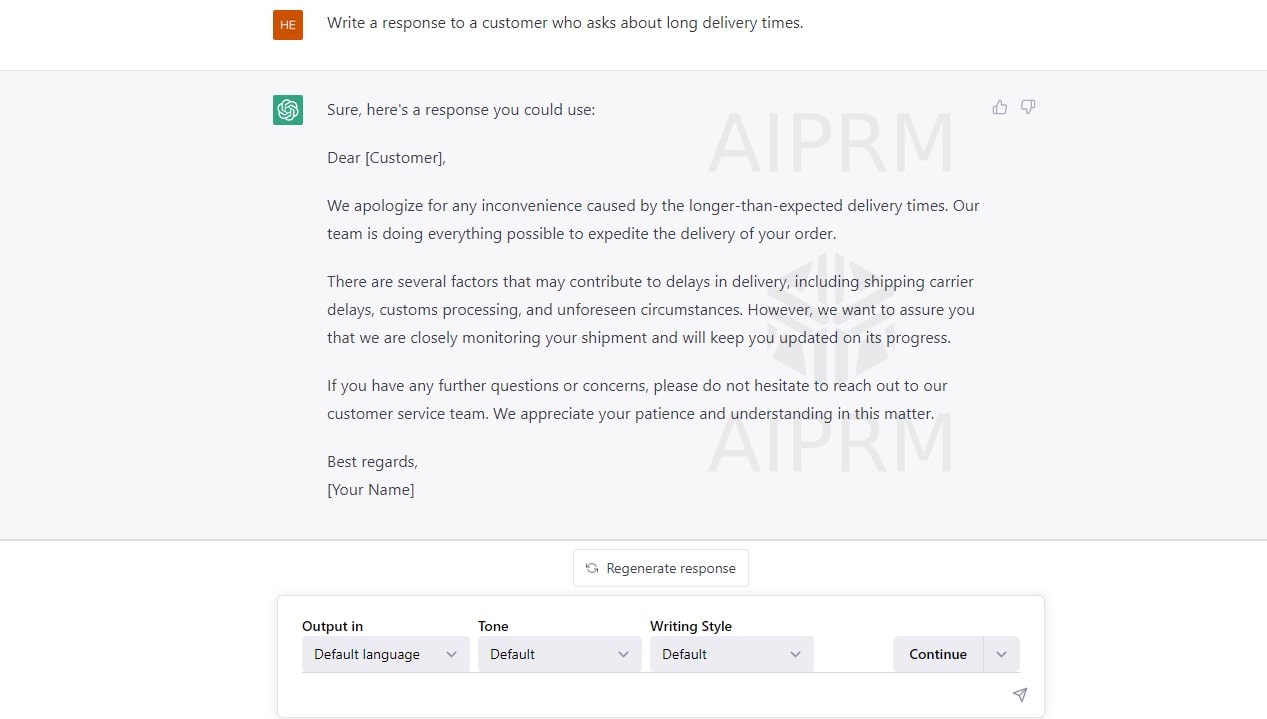
The success of your do-it-yourself SEO depends on keeping up with the often changing trends in SEO. Algorithms of search engines are continually evolving, hence what worked yesterday might not work today. Updates guarantee that your tactics stay competitive and successful.
- Resources to Keep Up to Date Get updates from industry blogs like Ahrefs, Search Engine Journal, and Moz. Register for newsletters that send the newest SEO news and advice right to your inbox and attend webinars led by SEO specialists. These sites update you on the newest advancements and offer priceless insights.
- Getting Used to Algorithm Changes Google in particular updates its search engine algorithms often. Watch these developments and modify your plans as necessary to react successfully. Make sure your website is mobile-friendly, for example, if a new update gives preference to such sites. Track the performance of your website and pinpoint places that require work with tools like Google Search Console.
Being current with SEO developments keeps you one step ahead of the competitors. Explore these resources, adjust as needed, and keep your do-it-yourself SEO efforts getting better. Willing to keep ahead? If you would want further SEO advice, subscribe to our channel and leave your questions in the space provided below!
To sum up
There are amazing advantages to do it yourself SEO. You save money, get control, and pick up useful skills by managing SEO yourself. Recall that SEO is a process, not a destination. Keeping ahead requires ongoing learning and adaptation. Be tenacious and patient; the end product is worthwhile even if it takes time. Learn more sophisticated SEO strategies as your abilities progress to increase the effectiveness of your website even more. Itching to up your SEO game? Explore, never stop learning, and remember to subscribe to our channel for additional advice. Feel free to pose queries in the space provided for comments below!
